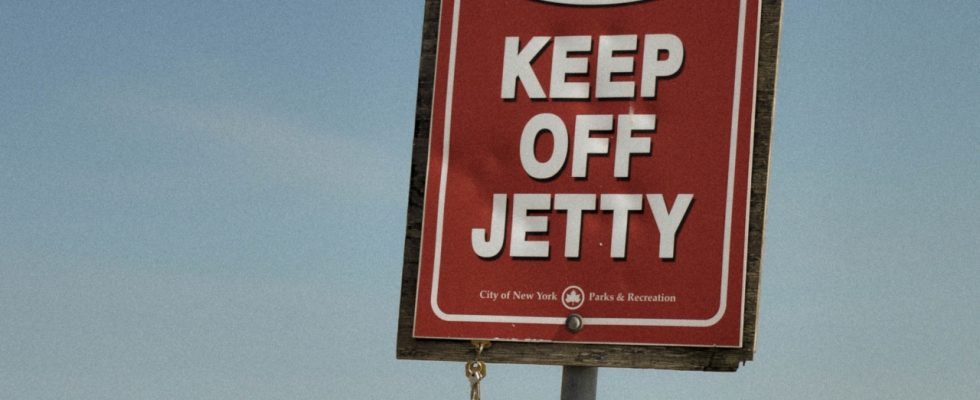Leading change
This blog post is on how change was lead at SMbtS (St Mary by the Sea). This isn’t the BluePrint, this is an example.
What change management looks like
CRISES POINT
One of my favourite books on change management is: “Our Iceberg is melting.” It’s a short fable and gives a create process and things to keep in mind. John Kotter who also wrote an accompanying book called: “Leading Change” and “The heart of leading change.” The fable and books are both worth a read. One of Kotter’s keys is that you need to leverage a crises to change. That without there being an awareness that immediate change is needed, no change will happen.
SMbtS crises point was our voluntary childrens’ worker resigned and retired to another area. This lead to a search for a new person. However, there was no one willing to take up the role. Our crises was, “…what will we now do with the children?” I had been at SMbtS for a few months. We were in a place where people were ready and willing for change. In my last parish we experimented with Intergenerational Worship. We wondered if this might be an option for SMbtS. While we were figuring out whether this was an option for us, as one small change, we had the children in service. The service wasn’t inter-generational. There was nothing really within the service for children. Sure we had colouring in, and maybe a little talk, or an activity to do, but that was “kids stuff” and there was “adult stuff” too. This was an example of multi-generational ministry. We had different generations sitting alongside each other with polite interaction at morning tea time, but nothing else.
A small change was the first step.
The first step was because of a crises.
A crises, leading to a first step.
So what crises can you leverage to take your first step towards intergenerational ministry?
LEADERSHIP DISCUSSIONS
Of course as we moved into this crises, the leadership team (our board, called vestry) explored different options. My preference was a model of ministry by Mark Griffiths: “Changing lives: the definitive guide to children’s and family ministry.” He sets out an amazing pattern. But as I prayed, as I explored, as I read, the model proposed by Holly Catterton-Allen in: “Intergenerational Christian Formation: Bringing the Whole Church Together in Ministry, Community and Worship” started to speak to me more and more. We used this text in my last parish to launch quarterly Intergenerational Worship. It was a challenge; it required a lot of driving and it was tiring. Yet I sensed God nudging me in this direction. So I explored it more. I didn’t know if I wanted the fight at SMbtS that I had at my last parish. But… But, I kept coming back to it. It seemed to me to be the only viable option for us. We didn’t have the people resources, the financial resources, or the base of children to pull off the model in “Changing lives”, but I could see “Intergenerational Christian Formation” working well and healthily; and it really stirred something within my spirit.
The crises point then.
God leveraged the crises point within me, to get me to look again at Inter-generational Worship. I looked at it, and we started to move ahead. Our board (vestry) continued to talk about it. We agreed to move ahead.
TEACHING
The next step was to teach about it in Sunday worship. The cynics might call it a sales pitch. I call it teaching. What I have discovered is that as you re-read the scriptures with intergenerational glasses you discover that God always called us to be intergenerational in our faith, formation and worship. There are different theories as to why we broke into silos or mono-generational ministry. The hard reality for us is that this is not what God asks us to do in the scriptures. No where does God say: “Split into generational groups and do age-appropriate teaching.” Indeed God doesn’t say teaching the faith, rather God says share the faith. Faith is caught not taught. We need to mentor and model faith rather than just talk about it.
Our first step though was to talk about Inter-generational Worship, and to use our old and existing model to explain why we were moving to a new model.
EXPERIMENT
Our next step was to experiment. This involves being creative. To be creative we had to create a culture of risk and failure; where it is okay to take risks, to try some things which might work or might not work. In otherwords, a culture where failure is okay.

